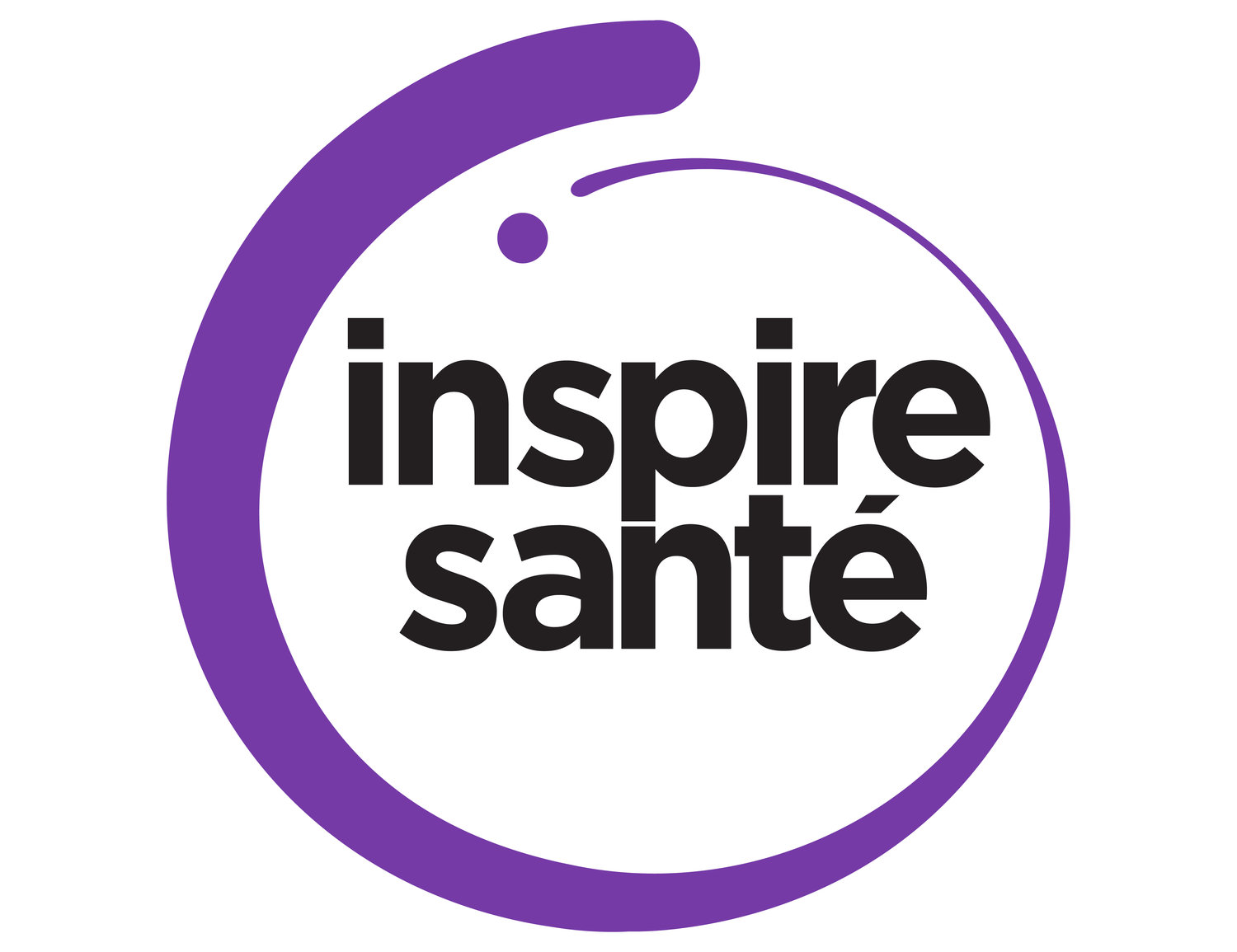Why providers should hear my patient story
/No complaining here.
I’m an upbeat person. I don’t complain (much), I smile, and I effervescently appreciate my days and my health. Unlike some of my endlessly optimistic girlfriends, this did not come naturally to me. Rather, my type-A, super serious, work-obsessed personality gradually receded from view as I regained my health. By the time I finished with physical therapy and was happily practicing yoga and climbing rock walls, the “old me” had disappeared entirely. And that’s something I couldn’t be happier about.
This is important because it underscores that this blog is not about complaining. It’s not a cathartic journaling experience wherein I air my past grievances. No – this blog is about helping women. I hope that it reaches women in pain and the providers who help them. My takeaway message for women reading is: “You can recover. No matter how bad things are, there is hope for you to live a happy and healthy life.” Providers who’re reading: it’s your job to convey this message to your patients and to help them realize their dreams.
So what’s this got to do with you?
I’ve had some horrific experiences with the medical community. When I visited the emergency room for unbearable abdominal pain, the attending doctor did a pelvic exam and said that it looked like I had cervical cancer. Another doctor, on a quest to identify the source of my pain, performed eight exploratory procedures at once and left me with two distinct and infected incision sites (one being on my vulva!). A physical therapist used 24 dry needles along my spine in a single session, causing me to almost faint twice. Another applied a manual therapy technique that involved using aggressive pressure until I could no longer feel the “burn” – i.e., I was so bruised and red that it had gone numb. These are just a few examples.
If you’re a provider, I’m sure you believe you’re above these mistakes. They sound so damaging and anti-helpful (to co-opt one of my favorite Sandy Hilton phrases). But if you’re an empathetic, tuned-in, try-anything provider, then you’re not above them. The providers who administered these treatments were desperate to help me. I was constantly writhing in pain, sometimes to the point of vomiting or requiring hospitalization. As they say, desperate times called for desperate measures. Or do they?
Be above the chaos.
If you’re a provider who treats those who hurt, I urge you to stay above the chaos of pain’s wrecking ball. You need to remain logical, focused on the end-goal and the pain science and the sensitivity of the patient’s nervous system. You need to be willing to refer patients to other providers. Be careful not to attempt treatments that are likely to worsen the patient’s suffering, simply because you’ve exhausted all other treatment modalities. Don’t oscillate so rapidly between treatment approaches that you’re unable to even distinguish the helpful from the anti-helpful. Be sure that your treatments don’t exacerbate the patient’s already-heightened sense of vulnerability.
Pain science, not desperation, should guide your treatments. Pain can be alarming and intense and unpredictable; don’t let it order you around. Remain calm and methodical, applying treatments gently, consistently, and reassuringly to your patients. This doesn’t mean that you should provide ineffective treatments simply for consistency’s sake – rather, it means that you shouldn’t frantically provide all treatments you’ve ever been taught in a panicked response to the patient’s pain. Bring down their fight-or-flight response. Make them feel safe. Remind them that their nervous system is their body’s custom-built armor, and that it’s just working a bit too hard. Consult with colleagues, integrate mental health professionals into your team, and learn about who your patient is as a person. Get in touch with your empathetic, compassionate side when interacting with your patient, and flexibly shift your personal-professional boundaries to accommodate the needs of individual patient-provider relationships. As someone wise once said, “the magic is within you.” Don’t hide behind impersonal treatment modalities and tools; connect on a human level. Be you. And maybe that will help your patient find herself again too.








